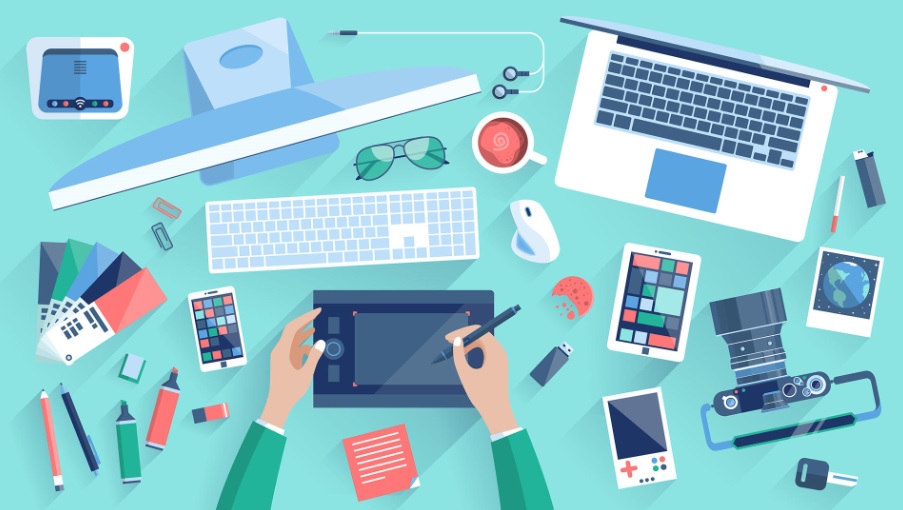The term information design is used to describe a specific area of graphic design related to effectively displaying information. It’s a practice of presenting information efficient and effective way that people can understand. The training encompasses the careful, accurate planning of particular information that is provided to a specific audience for a precise reason.

The field of information design involves many skills, such as writing, graphic design, instructional design, and user experience. Forms of information design that you come across every day and probably don’t event realize include:
- Maps and information diagrams in transportation centers
- Display panels in malls, hotels, and airports that mark “You are Here.”
- Dosages on medicine, and healthcare times
- Diagrams for pensions or mortgages
- Investment products for financial institutions
- Data graphics and charts for elections, displaying weather or sporting events
- Signage in exhibitions or public spaces
- Typography and precise language used for utility bills, and bank and credit card statements
Signage and display that help you when you are traveling through malls, or hotels, forms that are readily easy to understand and complete, or websites with informative content and clear navigation are examples of universal information design that you don’t recognize you are using in your everyday life.
No matter where we are, we are surrounded by data and information. Effective information design should achieve the following objectives:
- Helps people in understanding facts, figures, directions and demands
- Motivates users to finish tasks, and solve problems
- Begins and ends with the consumer. Developing information and content that people understand.
Information is delivered to several media outlets by tools that are designed to target multiple audiences, like paper spec sheets, sections in a user guide or manual, or a web page. The main goal of information design is getting accurate content out to the audience.
Effective information design helps a business in succeeding to meet their goals. The clear communication improves retention of customers, increases customer satisfaction, and attracts new customers.
Information design requires skills from various disciplines as it is a tool meant to present information in the most transparent way possible. Information design professionals study multiple subjects from communication design, document design, and presentation design.
Using information design can improve relations with public services by using user-friendly documents and systems. Public services benefit from having clear, resourceful internal communications, and by having assistance in decision making by having detailed presented data that is easy to understand in presentation and reports.
There are numerous methods of delivering information. A majority of companies need to double their information design, since there are two media outlets that data needs to get to, these include traditional print media and electronic digital media.
Still unsure why information design matters? Well, we live in a world where we are always on information overload. We are overrun with information and data in our day to day lives from credit card bills, social media feeds, emails, text messages, and more. The entire purpose of information design is to make content accessible for people to understand through categorizing and displaying in figures or charts.
Minimalism is a significant concern for information design, since its entire purpose it produce content with clarity. To achieve minimalism in your information design, it’s essential to follow these straightforward steps, telling the truth, getting to the point quickly, picking the correct tools for the job, highlight what is necessary, and keep it simple.
The process of information design is different for each project because there are factors such as budges, timelines, user’s needs, and business requirements that need to be taken into consideration.